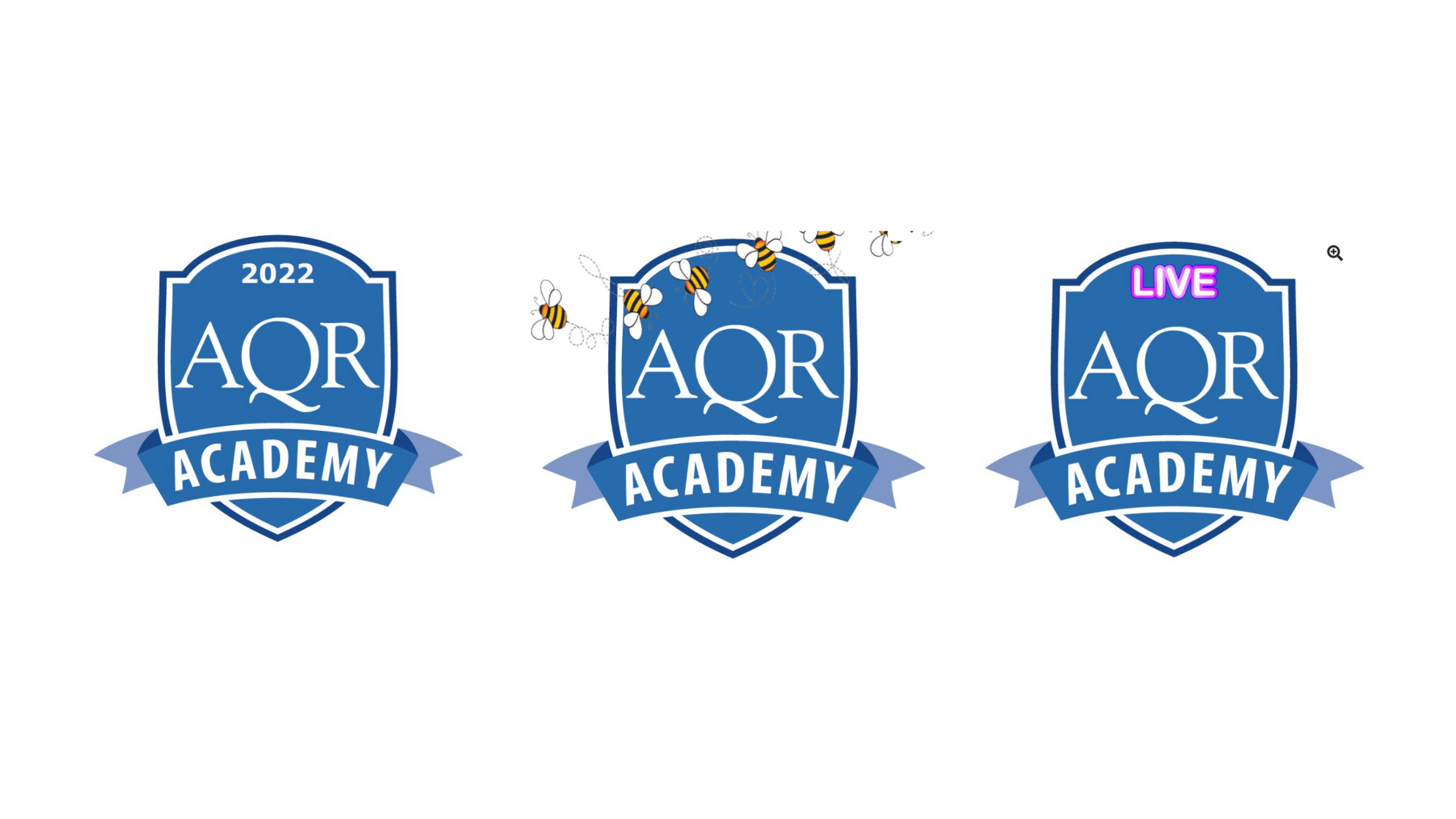
There’s a lot going on at American Quilt Retailer, so we wanted to set the record straight. Check out the details below for all upcoming AQR Academy events.
Upcoming March AQR Academy Workshop
To kick things off, our next AQR Academy workshop is taking place next Wednesday, March 9 from 4:00 – 5:30 p.m. CST. Registration costs $45, and the topic is inventory and how to get it right.
Speaking of registration, there’s still time to take advantage of our discounted AQR Academy All Access Membership. You’ll save $120 and get access to all of 2022’s 90 minute workshops plus bonus information not included in the magazine. Registration is open until March 31.
AQR Academy The Buzz – Spring Fling ’22
AQR Academy is hosting an all day event on Saturday, April 9. We’re calling it The Buzz and it’s our Spring Fling kick off!
Can’t attend the whole day? No problem; join live for what you can and have access to recordings after the event. Note door prizes are still available.
AQR Academy Live
Last but not least, we’re hosting our first-ever AQR Academy Live. Register to attend in-person April 19 – 22 in Pleasant Hill, Iowa.
Editor of American Quilt Retailer Heidi Kaisand will be joined with three days worth of guests for learning and networking opportunities we haven’t been able to experience for several years.
Head to the event page for details on room reservations, the event schedule, and what meals are included in your registration fee.
If you can’t tell, we’re excited for the world to open up again and we hope you are too!
If you’re looking for more information to guide you in owning a retail business, subscribe to American Quilt Retailer today. Already a subscriber? No worries—join our Facebook group for insights and dialogue from industry specialists like you. And don’t forget, you can always purchase single issues if you prefer that instead.













